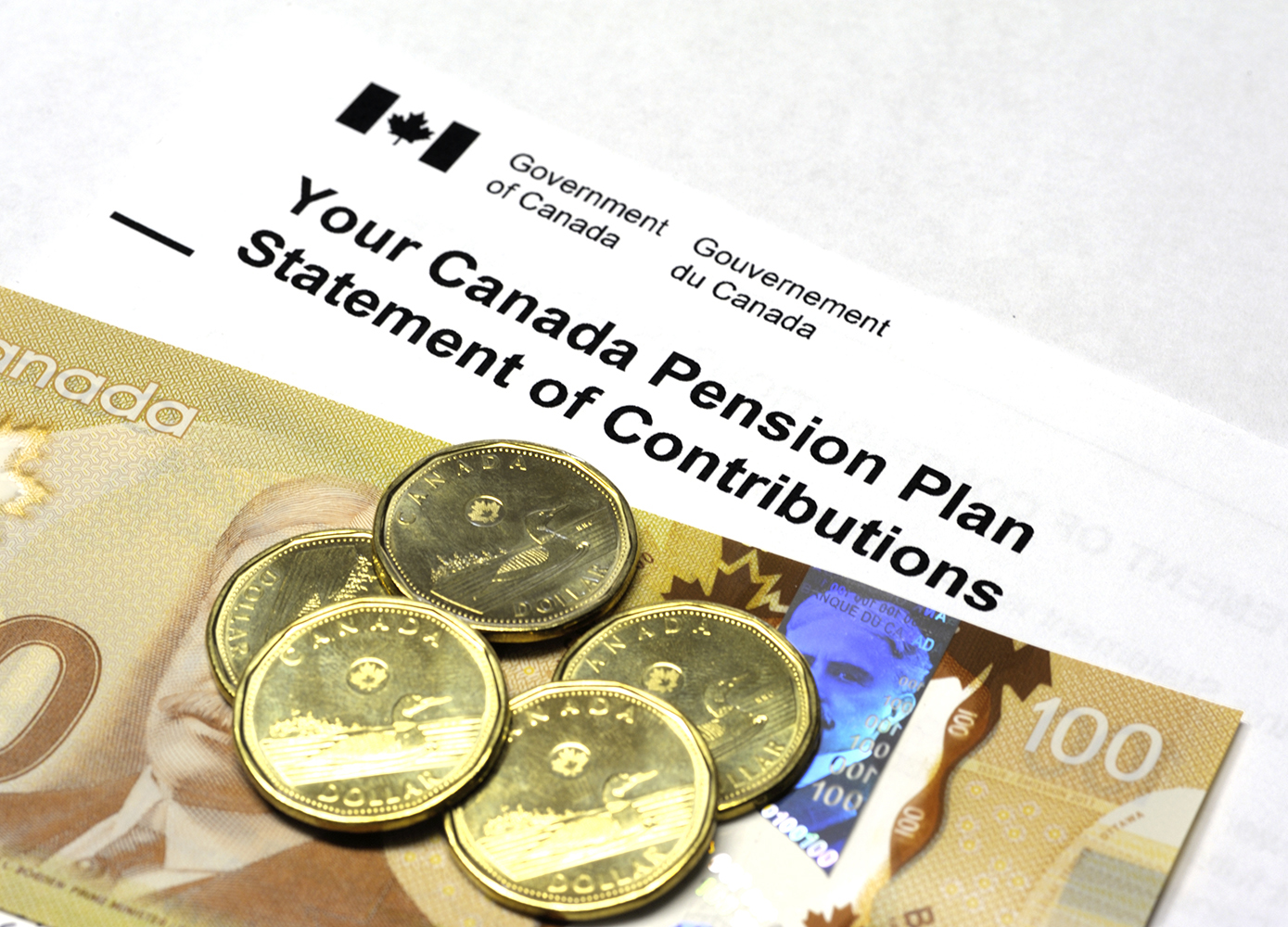Money from your RRSP won’t help you get a pension credit on your tax return—but there’s a way around that.
In the regular feature Your Questions, Olev Edur provides answers to questions from our readers regarding their rights, personal finance, and estate planning. Here’s one on RRSPs and pension income:
Q.: I’ll be turning 65 soon. In a recent article about completing the income tax return, you mentioned the $2,000 pension income credit. I contacted Canada Revenue Agency (CRA) regarding this credit and was told that to qualify, the income had to come from a RRIF or annuity rather than from an RRSP.
Is there any possibility that this requirement might be changed so that RRSP income becomes eligible for this credit? Or, is there some other way to get around this requirement?
A.: This requirement is unlikely to be changed anytime soon, if ever, largely because there’s a very simple workaround: just transfer enough assets from your RRSP into a RRIF to provide $2,000 in tax-exempt withdrawals each year.
If, for example, you were to move $10,000 from the RRSP into the RRIF and invest it in liquid assets such as money market mutual funds or short-term GICs, you’d be able to withdraw the requisite $2,000 whenever you wanted each year in order to make full use of the pension credit in each of the next five years.
In this scenario, you’d have to pay some withholding tax on the RRIF withdrawals, because $2,000 would be more than the required annual withdrawal for someone your age with a $10,000 RRIF (at age 65, the minimum RRIF withdrawal is four per cent of total plan value, with that proportion gradually increasing as you get older). This withholding tax would be recoverable, though, as would be the income tax normally applied to that withdrawal, when you complete your tax return the following April and claim the pension credit.
Photo: iStock/TonyIaniro.






